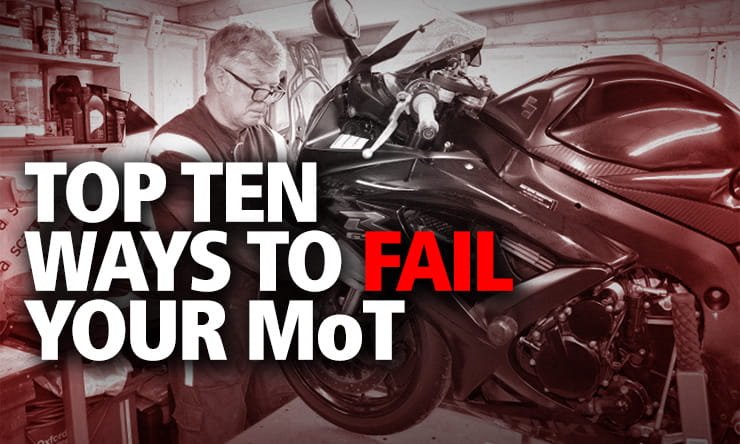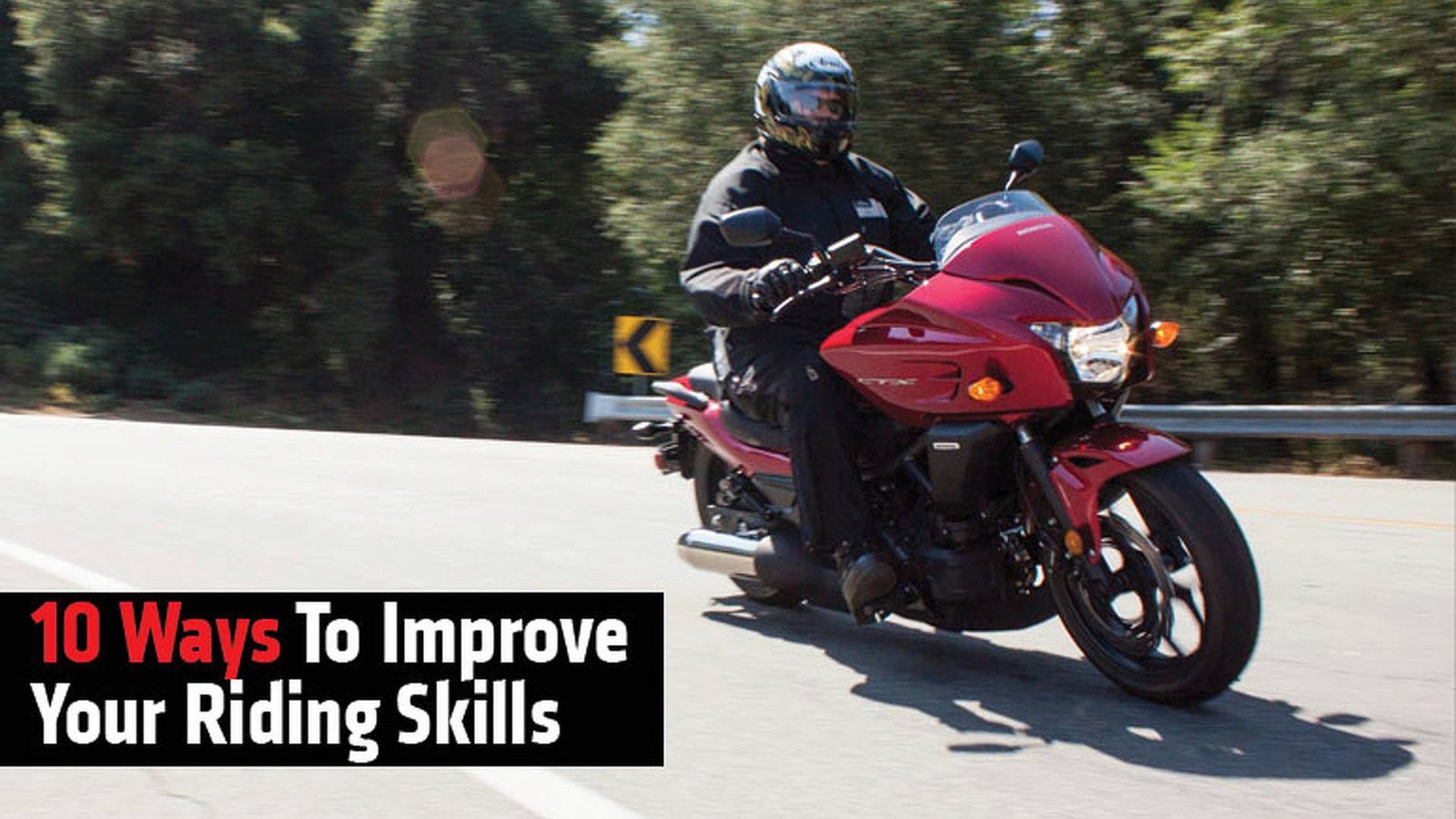The best time to shift gears on a motorcycle is when the engine is at the optimal RPM (revolutions per minute) for the next gear. Typically, this is around 4,000 to 6,000 RPM, ensuring smooth acceleration without straining the engine. Pay attention to engine sound and feel for the right moment to shift.
Riding a motorcycle is a thrilling experience that requires attention to detail, especially when it comes to shifting gears. Knowing the best time to shift gears can enhance your ride, improve fuel efficiency, and prolong the life of your bike.
By knowing the mechanics behind gear shifting, you can become a more skilled and confident rider on the road. Let’s delve into the art of shifting gears on a motorcycle and unlock the secrets to a seamless ride.

Credit: www.saint.cc
Importance Of Gear Shifting On A Motorcycle
When riding a motorcycle, knowing when to shift gears is crucial for both efficient performance and safety. The importance of gear shifting on a motorcycle cannot be overstated, as it directly impacts the overall riding experience. Understanding the optimal times to shift gears can enhance the efficiency, performance, and safety of your ride.
Efficiency And Performance
Choosing the right time to shift gears on a motorcycle directly affects its efficiency and performance. Each gear has a specific range in which it operates most effectively, ensuring that the engine runs within its optimal power band. Shifting gears at the right moment allows the engine to deliver maximum power and torque, resulting in smooth acceleration, improved fuel economy, and enhanced overall performance.
Safety
Proper gear shifting is a fundamental aspect of motorcycle safety. By shifting gears at the appropriate times, riders can maintain better control over the bike, especially in challenging road conditions or unexpected situations. Smooth and timely gear shifts enable riders to adapt to changing speeds and traffic scenarios swiftly, reducing the risk of accidents and enhancing overall safety on the road.
Factors To Consider For Gear Shifting
When riding a motorcycle, knowing when to shift gears is crucial for a smooth and efficient ride. There are several factors to consider for gear shifting that can significantly impact your riding experience.
Engine Rpm
Engine RPM refers to how fast the engine is spinning per minute. Shift gears before the RPM reaches its maximum to prevent strain on the engine.
Speed
Speed plays a crucial role in gear shifting. As you accelerate, you will need to shift gears to match the speed and maintain control.
Terrain
Terrain can dictate when to shift gears. For example, when riding uphill, downshifting to lower gears will provide more power to climb steep inclines.
Importance Of Motorcycle’s Power Band
When riding a motorcycle, understanding the power band is crucial for optimal gear shifting. The power band of a motorcycle refers to the range of RPM where the engine produces the most power.
Definition
The power band is the RPM range in which the engine operates most efficiently and effectively.
Optimal Rpm For Gear Changes
Shifting gears at the right RPM ensures smooth acceleration and optimal performance.

Credit: www.yourdatadriven.com
Shifting Gears Smoothly
Find the optimum moment to shift gears on your motorcycle for seamless transitions and enhanced performance. Clutch Control Clutch control is essential in smoothly shifting gears on a motorcycle. When approaching a gear change, gently squeeze the clutch lever to disengage the transmission.
Avoid abrupt or jerky movements, as these can result in a harsh shift and potential loss of control. Gradually release the lever as you engage the next gear, maintaining a smooth transition and preventing unnecessary wear on the transmission components. Throttle Control When shifting gears, throttle control is equally crucial.
As you ease off the clutch, smoothly roll on the throttle to match the engine speed with the new gear ratio. This seamless coordination between clutch and throttle operation ensures a smooth and seamless gear shift, preventing lurching or stalling.
Tips For Shifting Gears At The Right Time
Riding a motorcycle is an exhilarating experience, but mastering the art of shifting gears can take some time. Knowing when to shift gears on a motorcycle is crucial for a smooth and efficient ride. Here are two essential tips to help you gauge the right time to shift:
Listen To The Engine Sound
One of the key indicators that can tell you when to shift gears is the engine sound. Every motorcycle has a unique sound, and as you gain experience, you can learn to recognize the sweet spot for gear changes.
As you accelerate, pay attention to the engine’s pitch and the sound it produces. Typically, when the engine starts to rev higher and the sound becomes more high-pitched, it signifies that it’s time to shift to a higher gear. On the other hand, if the engine sounds strained or bogged down, it’s an indication that you need to shift to a lower gear.
Feel The Motorcycle’s Vibration
Aside from listening to the engine sound, another clue to help you determine when to shift gears is the motorcycle’s vibration. Riding a motorcycle involves being in tune with the bike’s feedback, and feeling its vibrations can guide your gear changes.
As you accelerate, you’ll notice a smooth and consistent vibration. This vibration usually signifies that you’re in the correct gear. However, if the motorcycle starts to vibrate excessively or feels like it’s struggling, it’s likely an indication that you need to shift to a higher gear. Conversely, if the bike feels sluggish or the vibrations decrease significantly, shifting to a lower gear is necessary.
By combining these two tips – listening to the engine sound and feeling the motorcycle’s vibration – you can develop the intuition needed to shift gears at the right time. Remember, practice makes perfect, so take the time to familiarize yourself with your motorcycle and its unique characteristics.
FAQ
What Is The Best Rpm To Shift Gears On A Motorcycle?
The best RPM to shift gears on a motorcycle depends on various factors such as the specific motorcycle, road conditions, and personal riding preferences. Generally, it is recommended to shift gears around 5,000 to 7,000 RPM for optimal performance and fuel efficiency.
Should I Shift Gears While Accelerating On A Motorcycle?
Yes, shifting gears while accelerating on a motorcycle is essential for maintaining a smooth and efficient ride. As you accelerate, you need to shift to higher gears to match the increasing speed and prevent the engine from overworking. This ensures better control and prolongs the lifespan of your motorcycle.
How Do I Know When To Shift Gears On A Motorcycle?
Knowing when to shift gears on a motorcycle requires practice and experience. Pay attention to your engine’s RPM and the sound it produces. When the RPM reaches a certain level, typically indicated on the motorcycle’s tachometer, it’s time to step up or down a gear.
Smoothly engaging the clutch and matching the gear to the speed will create a seamless transition.
Bottom Line
Timing the gear shift on a motorcycle is essential for a smooth and safe ride. Knowing the RPM range and road conditions is essential for mastering gear changes. By practicing and being attentive to the engine’s response, riders can confidently navigate various riding scenarios.
So, always remember, the best time to shift gears on a motorcycle depends on a combination of factors, but with experience, it becomes second nature.




Leave a Reply